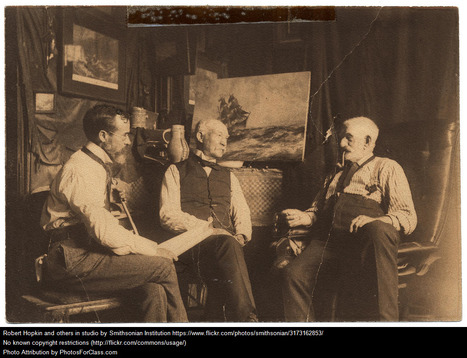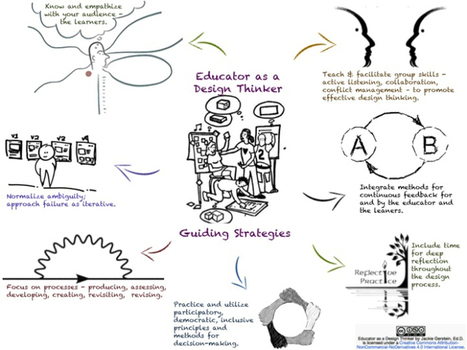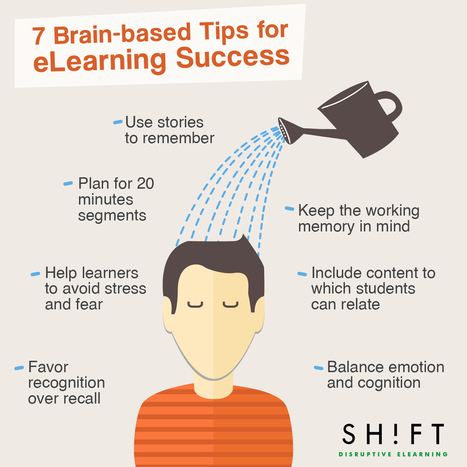Discussions are sometimes called the engine of an online course. Discussions provide an opportunity for students to engage with the course content, with each other, and with you—the professor—simultaneously, which means they have a lot of potential for meaningful learning and high retention.
There is no guarantee that students will really apply themselves by just creating a discussion. What you get out of a discussion assignment depends on what you put into it. Here are some tips for writing your discussion prompt, selecting your settings, and participating in the discussion.
Research and publish the best content.
Get Started for FREE
Sign up with Facebook Sign up with X
I don't have a Facebook or a X account
Already have an account: Login

How to innovate in such a sacralized field? What skills do we need to build the best futures?
Curated by
Fab GOUX-BAUDIMENT
 Your new post is loading... Your new post is loading...
 Your new post is loading... Your new post is loading...
|
|
















Discussions have a potential for meaningful learning when properly guided as outlined by Alex Joppie in the article "The Art of the Discussion Prompt".
Good advice.